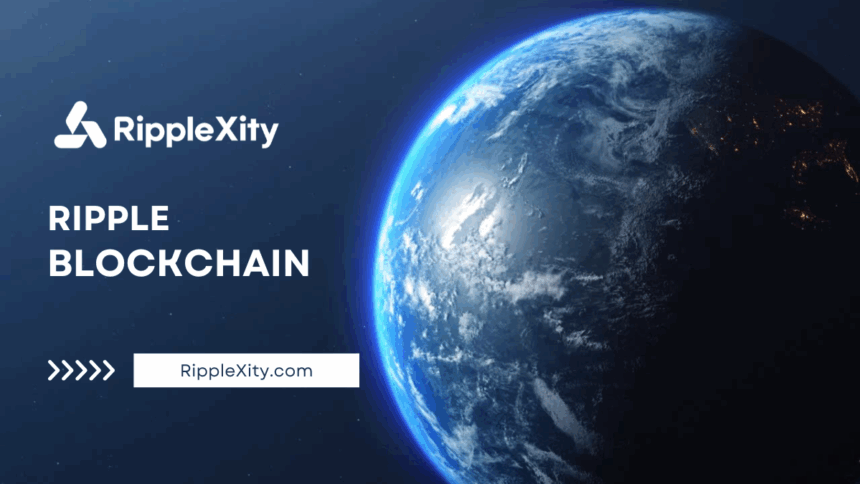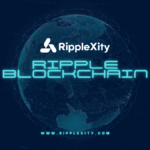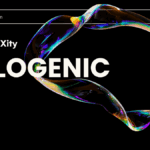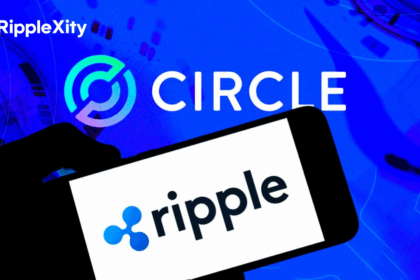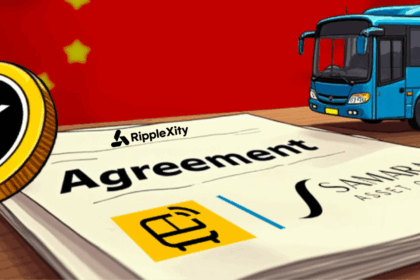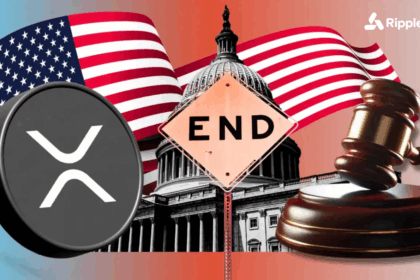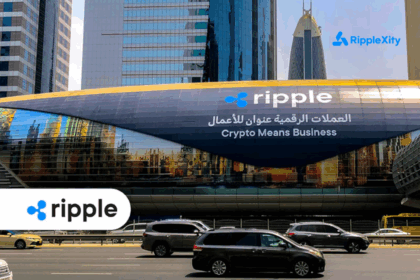Global payments move trillions of dollars every day, yet they remain slow, costly, and inconsistent across borders.
One of the biggest barriers to true global interoperability has been the fragmentation of messaging standards between banks and payment networks.
Ripple is actively solving this problem by aligning its network with ISO 20022, the emerging global financial messaging standard designed to unify payment systems worldwide.
Let’s explore how Ripple’s ISO 20022 readiness positions it as a leader in next-generation cross-border payment infrastructure.
What Is ISO 20022 and Why It Matters
- ISO 20022 is the universal standard for financial messaging, set to replace legacy formats like SWIFT MT.
- It enables richer data, faster processing, and interoperability between different financial systems.
- By 2025, most major financial institutions and payment systems are expected to fully adopt ISO 20022.
The Cross-Border Payment Problem Today
- 🌐 Fragmented Standards
Different countries and banks use incompatible messaging systems. - 🕒 Slow Settlement Times
Payments can take 2-5 days to clear. - 💸 Hidden Fees and Errors
Lack of data consistency leads to payment failures and reconciliation issues. - ❌ Limited Transparency
Senders and receivers have little visibility into payment status.
How Ripple Is Solving This with ISO 20022
✅ RippleNet’s ISO 20022 Alignment
- RippleNet is ISO 20022-compliant, allowing banks and payment providers to send and receive structured data seamlessly.
- This ensures faster processing and better reconciliation.
✅ Rich Transaction Data
- ISO 20022 enables metadata-rich payments, such as remittance details, tax information, and compliance checks, all in one flow.
✅ Global Interoperability
- RippleNet participants can interoperate with banks, fintechs, and payment systems worldwide, even if they are on different networks.
✅ Real-Time Settlement with XRP
- Combined with On-Demand Liquidity (ODL) using XRP, RippleNet turns ISO 20022 messaging into real-time cross-border settlement, eliminating delays and pre-funded accounts.
Why This Is a Game-Changer for Banks and Fintechs
- 🏦 Future-Proof Compliance
- Stay ahead of the 2025 global migration to ISO 20022.
- ⚡ Real-Time Payments
- Move money instantly across borders, 24/7.
- 🔍 Enhanced Transparency
- Track payments with complete data visibility.
- 💸 Reduced Costs
- Minimize error handling and reconciliation expenses.
Ripple’s Strategic Advantage
While many legacy providers are still catching up with ISO 20022 adoption, Ripple is already fully aligned, giving it a head start in onboarding banks and corporates seeking future-proof solutions.
This positions Ripple as the preferred partner for:
- Central banks rolling out CBDCs.
- Financial institutions modernizing payment rails.
- Fintechs offering cross-border payment services.
The Bigger Picture: Ripple’s Role in the Internet of Value
By combining ISO 20022 messaging with real-time settlement via XRP, Ripple is not just improving payments — it’s building the foundation for the Internet of Value, where money moves as freely as information.
This vision includes:
- 🌍 Borderless digital assets
- 🪙 Tokenized real-world assets
- 🏦 Instant financial services for everyone
Ripple’s ISO 20022 alignment is a key pillar in making this future a reality.
Final Thoughts
Ripple’s ISO 20022 readiness places it at the forefront of global payment modernization.
By bridging legacy systems with next-gen blockchain settlement, Ripple is solving the cross-border payment fragmentation problem — today, not tomorrow.
At RippleXity, we’ll continue to track Ripple’s leadership in shaping the future of global finance.
Stay tuned for more insights on Ripple’s journey toward a connected digital economy.




